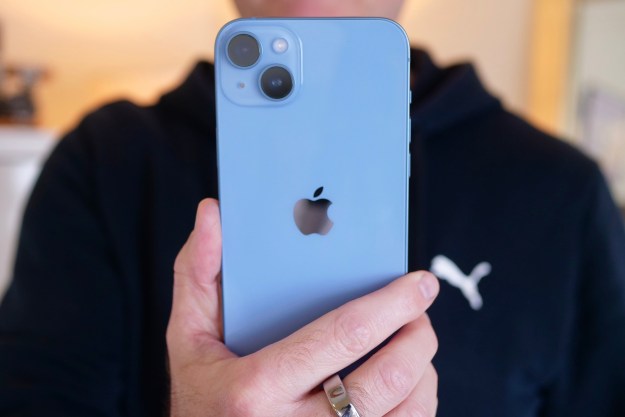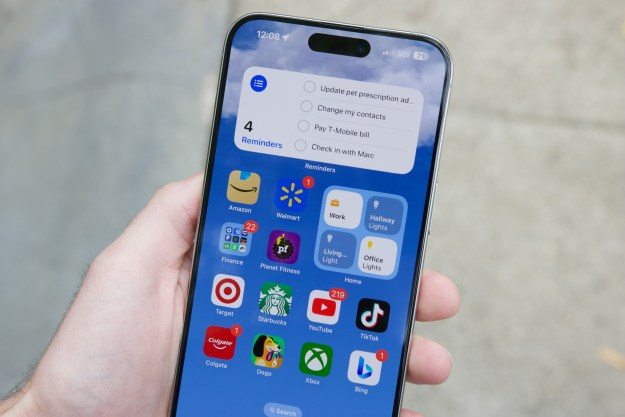An associate professor at the Human Interface Technology laboratory at the University of Canterbury in New Zealand, Bartneck received an invitation from the International Conference on Atomic and Nuclear Physics. With the conference taking place sometime in November in the United States, the invitation wanted Bartneck to write a paper centered around nuclear physics. The problem, according to Bartneck, was that he had no working knowledge of the subject.
Instead of ignoring the invitation, however, Bartneck ended up submitting a paper under a fake name: Iris Pear, a made-up associate professor from the U.S. The reason why Bartneck chose to submit his paper under a fake name was because he used iOS’ auto-complete functionality to write the paper in the first place.
“Since I have practically no knowledge of nuclear physics, I resorted to iOS autocomplete function to help me writing the paper,” wrote Bartneck in his blog. “I started a sentence with ‘atomic’ or ‘nuclear’ and then randomly hit the autocomplete suggestions.”
Reading a sentence from the abstract shows that the New Zealand associate professor was not kidding, though, predictably, it sounded like complete gibberish.
“The atoms of a better universe will have the right for the same as you are the way we shall have to be a great place for a great time to enjoy the day you are a wonderful person to your great time to take the fun and take a great time and enjoy the great day you will be a wonderful time for your parents and kids,” the sentence reads.
Forget the fact that what you just read was a run-on sentence that makes absolutely no sense — the worst part about all of this was not the paper, but rather that the International Conference on Atomic and Nuclear Physics actually accepted it. That, combined with the high cost of actually attending the conference, made Bartneck “reasonably certain that this is a money-making conference with little to no commitment to science.”
With the conference accused of being illegitimate, however, it makes more sense why something like this would happen. Even so, this is not the first time something like this has happened, with a bogus research paper accepted by an open-access academic back in November 2014.
Editors' Recommendations
- An Apple insider just revealed how iOS 18’s AI features will work
- There’s a big problem with the iPhone’s Photos app
- When will Apple release iOS 18? Here’s what we know
- The 7 biggest features we expect to see in iOS 18
- This could be our first look at iOS 18’s huge redesign


